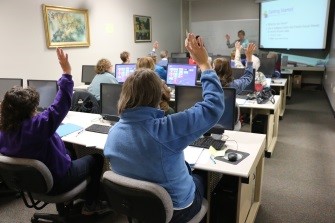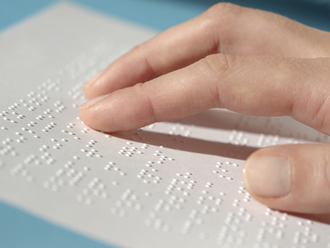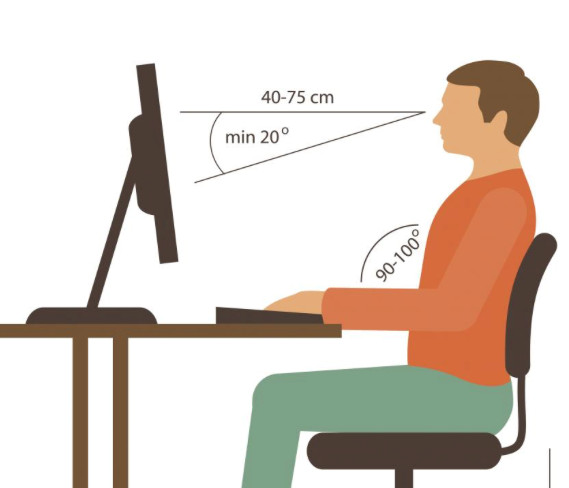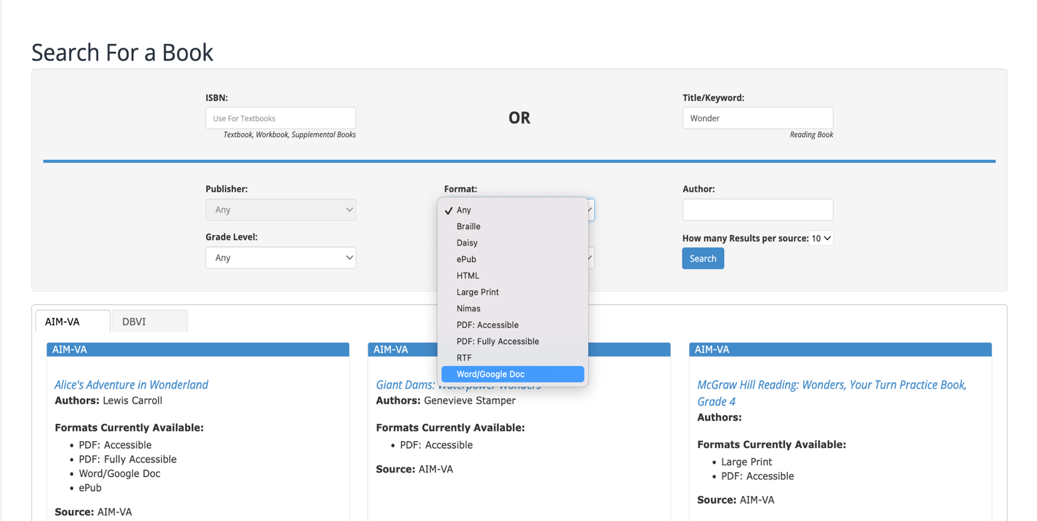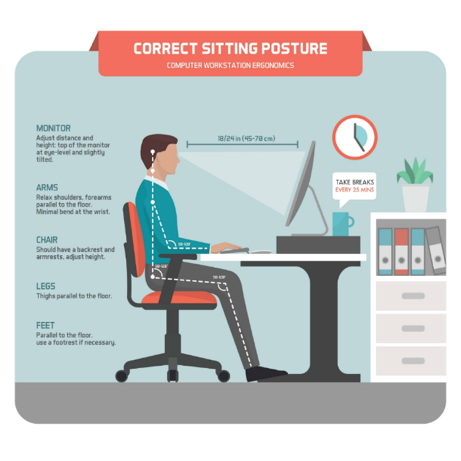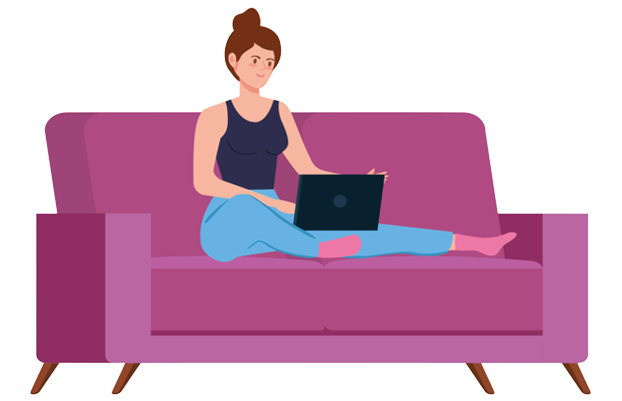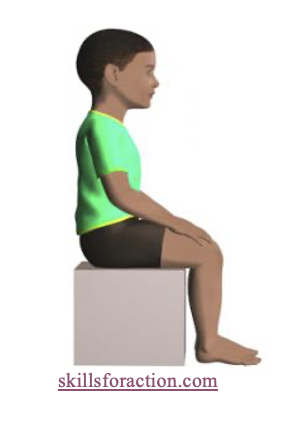Assistive Technology Supports for Reading: How to better support your students’ reading environment: Monitor Supports
Posted by Heidi Kessler
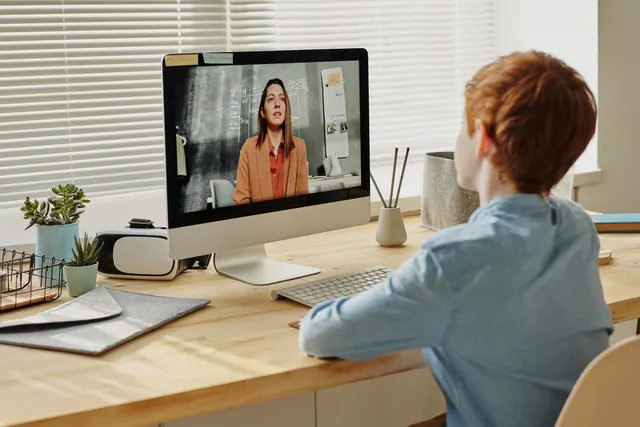
Computer monitors are large, so they are usually placed on a desk or mounted on a wall. Ways to change the positions of these monitors seem to be readily available, as positioning supports can be found in a huge variety of shapes and sizes. So, which is best for your student?



